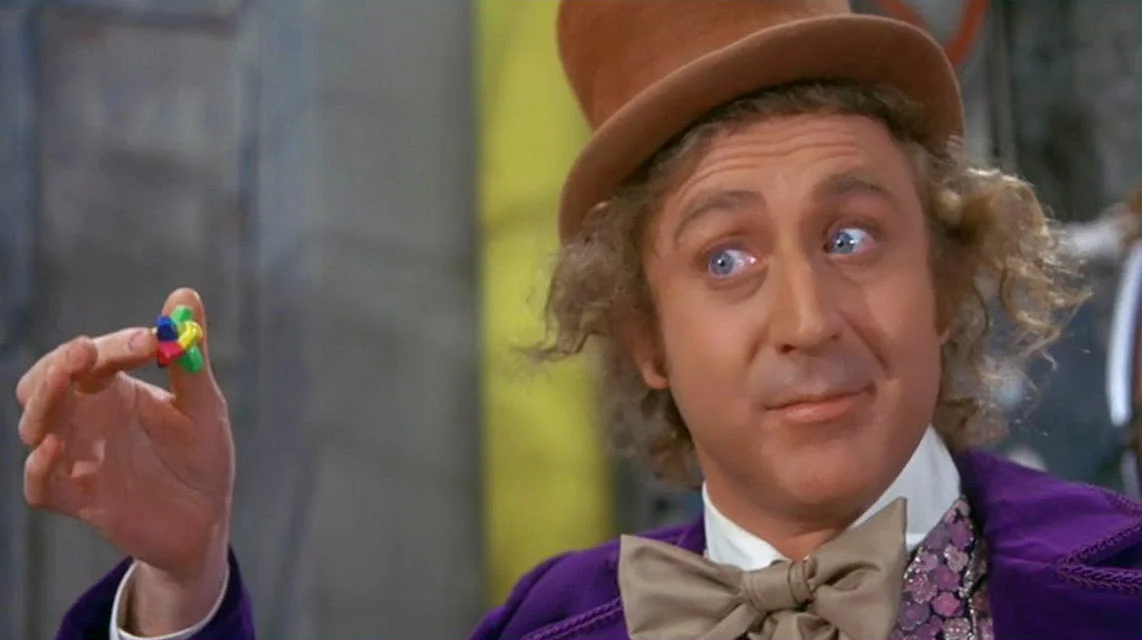Healing hairs that help us hear
/Hearing and balance disorders are both permanent, irreversible conditions in humans. In fact, hearing loss is the most common sensory disorder around the world. Normally, sound vibrations are transmitted from an object through the air to your ear. Vibrations of the ear drum cause bones in your middle ear to vibrate. These vibrations then pass into the most inner component of your ear to the hearing organ (cochlea). The most common problem underlying hearing loss and deafness is the irreversible loss of sensory hair cells of the cochlea, the molecular basis of which is poorly understood.
Read More









